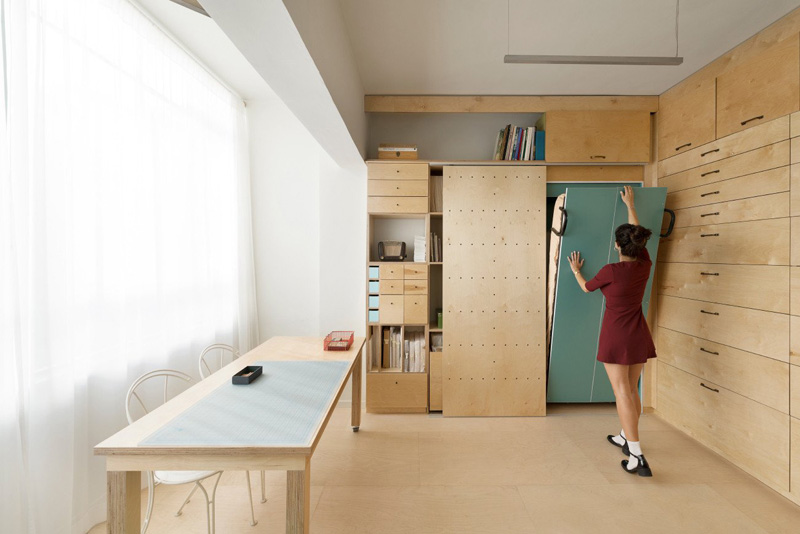
Optimized Living: Creating Functional Design Spaces
Designing functional spaces in your home is about more than aesthetics; it’s about creating environments that enhance your daily life. In this article, we’ll explore the principles and benefits of functional design spaces and how they contribute to an optimized and harmonious living experience.
Understanding Functional Design
Functional design is centered around the idea that every element in a space should serve a purpose and contribute to the overall efficiency and usability of that space. It goes beyond mere decoration, focusing on the thoughtful arrangement of elements to enhance functionality and usability.
Balancing Form and Function
While functionality is a priority in functional design, it doesn’t mean sacrificing aesthetics. The art of functional design lies in finding the perfect balance between form and function. Each design choice should not only serve a purpose but also contribute to the overall visual appeal and harmony of the space.
Creating Purposeful Layouts
In functional design, layouts are carefully planned to serve specific purposes. Whether it’s a kitchen designed for efficient cooking workflows or a home office layout that enhances productivity, purposeful layouts are key. Consideration is given to traffic flow, accessibility, and the specific activities that will take place in each area.
Maximizing Storage and Organization
An essential aspect of functional design is maximizing storage and organization. Well-designed spaces incorporate ample storage solutions that keep clutter at bay and make it easy to maintain a tidy environment. From built-in cabinets to multifunctional furniture, every inch is utilized efficiently.
Flexible Furniture Arrangements
Functional design embraces the concept of flexibility, especially in furniture arrangements. Furniture should be arranged to adapt to different needs and occasions. For example, a living room designed for entertaining should have easily reconfigurable seating arrangements to accommodate various group sizes and activities.
Incorporating Multifunctional Elements
Multifunctional elements are a hallmark of functional design. Furniture and fixtures that serve more than one purpose are integral to optimizing space. Examples include a dining table that doubles as a workspace or a sofa with built-in storage. These elements add versatility to the design and enhance usability.
Prioritizing Comfort and Ergonomics
Functionality extends to the comfort and ergonomics of a space. In functional design, seating, lighting, and other elements are chosen with user comfort in mind. Ergonomic furniture and thoughtful lighting design contribute to a space that not only looks good but also promotes well-being.
Efficient Use of Technology
Functional design often integrates technology seamlessly into the space for increased efficiency. Smart home systems, integrated sound systems, and automated lighting are examples of how technology can enhance the functionality and convenience of a space.
Sustainability in Design Choices
Sustainable design is a growing aspect of functional design. Choosing eco-friendly materials, energy-efficient appliances, and incorporating sustainable practices contribute to a functional space that aligns with environmental consciousness. This approach ensures that the design serves both present and future needs.
Harmony Between Indoor and Outdoor Spaces
Functional design considers the relationship between indoor and outdoor spaces. Seamless transitions between these areas create a cohesive living experience. Whether through large windows, sliding doors, or well-designed outdoor areas, the goal is to enhance the connection between the interior and exterior environments.
Explore Functional Design Spaces at WallscreenHD.com
For inspiration and elements to create functional design spaces in your home, visit WallscreenHD.com. Their curated collection includes furniture, decor, and design solutions that prioritize both form and function. Discover how functional design can transform your living spaces into optimized environments that enhance your daily life.


